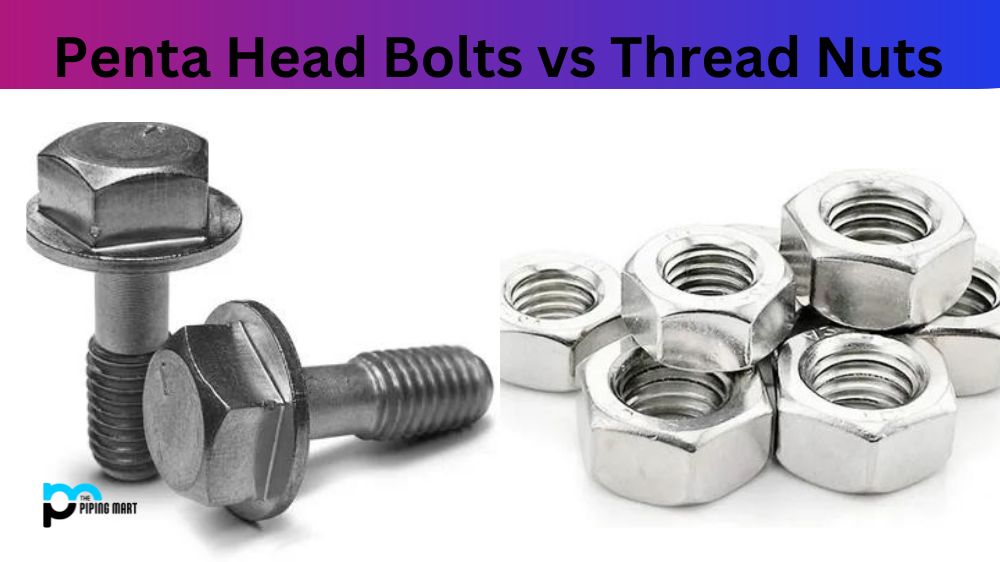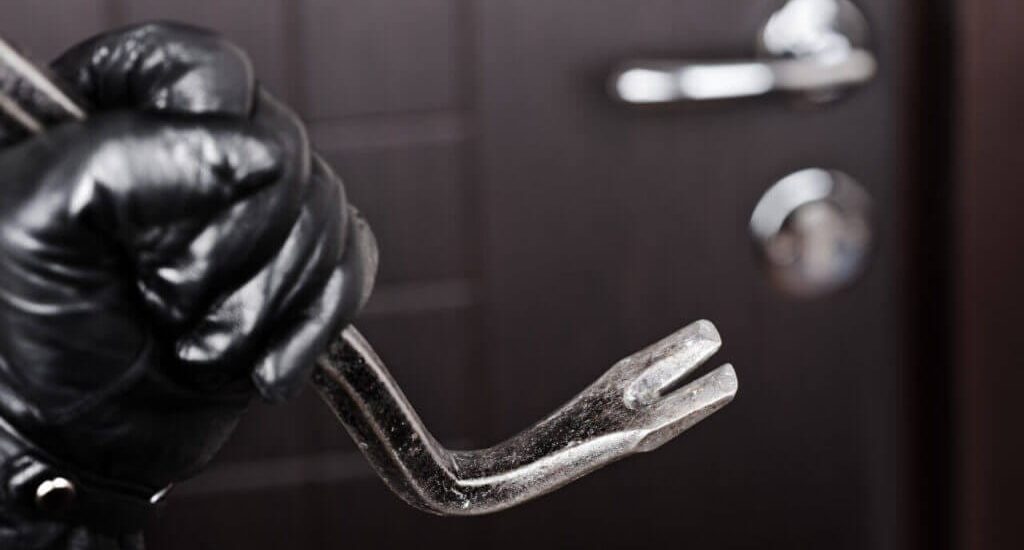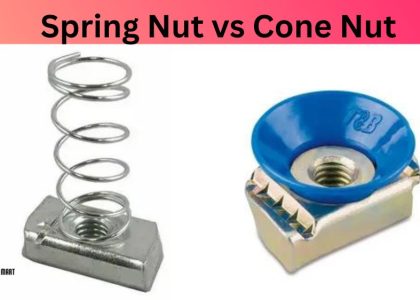Pliers are versatile tools that come in various shapes and sizes, designed to assist in gripping, cutting, bending, and manipulating objects with precision. Choosing the right plier for the job can significantly impact efficiency and results. In this guide, we will explore the world of pliers and provide insights on selecting the perfect tool for your needs.
What are the different types of pliers available in the market?
There is a wide array of pliers available, each designed for specific tasks. Some common types include:
- Needle-Nose Pliers: Ideal for working in tight spaces and handling small objects.
- Slip-Joint Pliers: Versatile tools with adjustable jaws for various tasks.
- Cutting Pliers: Including side-cutting and diagonal-cutting pliers for precise cutting.
- Locking Pliers: Known for their adjustable locking mechanism for gripping and holding objects securely.

How do I choose the right plier for a particular task?
When selecting a plier, consider the following factors:
- Task Requirements: Identify whether you need gripping, cutting, bending, or crimping functions.
- Material: Choose pliers made from durable materials like steel for longevity.
- Comfort: Opt for ergonomic handles to reduce hand fatigue during prolonged use.
- Size: Select a size that matches the scale of your tasks for enhanced control and precision.
Can pliers be used in construction projects involving geogrid installation?
Yes, pliers play a crucial role in construction projects, including geogrid installation. Geogrids are materials used to reinforce soil, and pliers can aid in cutting, shaping, and securing these materials in place. Properly selected cutting pliers can ensure clean and precise cuts, while needle-nose pliers can assist in intricate adjustments.
What maintenance tips should I follow to prolong the lifespan of my pliers?
To keep your pliers in top condition, consider the following maintenance tips:
- Regular Cleaning: Remove dirt and debris after each use to prevent corrosion.
- Oil Moving Parts: Apply lubricant to hinges and joints to ensure smooth operation.
- Proper Storage: Store pliers in a dry place to avoid rusting and damage.
- Avoid Overloading: Use pliers within their specified limits to prevent premature wear and tear.
In conclusion, pliers are indispensable tools for various tasks, offering precision and control in handling materials. By understanding the different types of pliers available, selecting the right tool for the job, and following proper maintenance practices, you can maximize efficiency and prolong the lifespan of your pliers. Whether you are working on intricate projects or heavy-duty construction tasks like geogrid installation, choosing the right plier is key to achieving optimal results.


